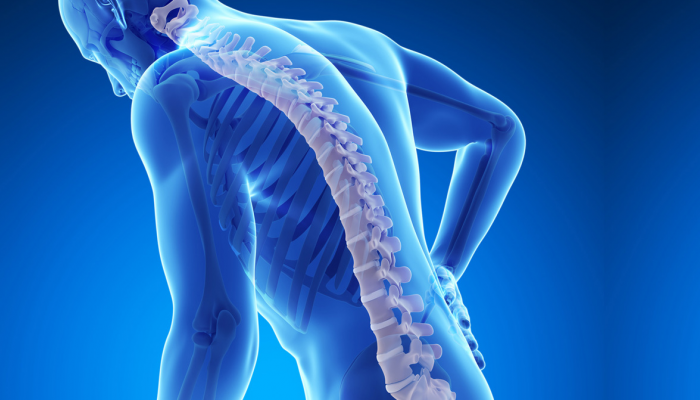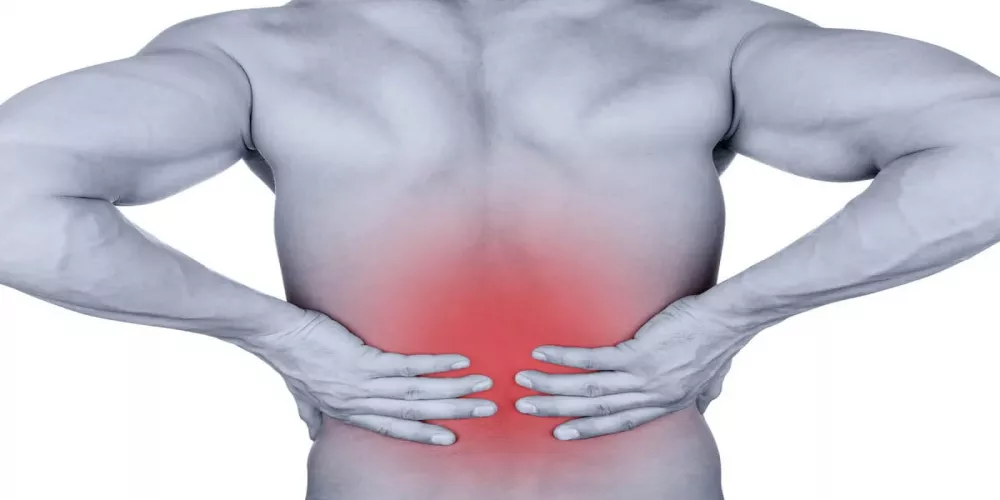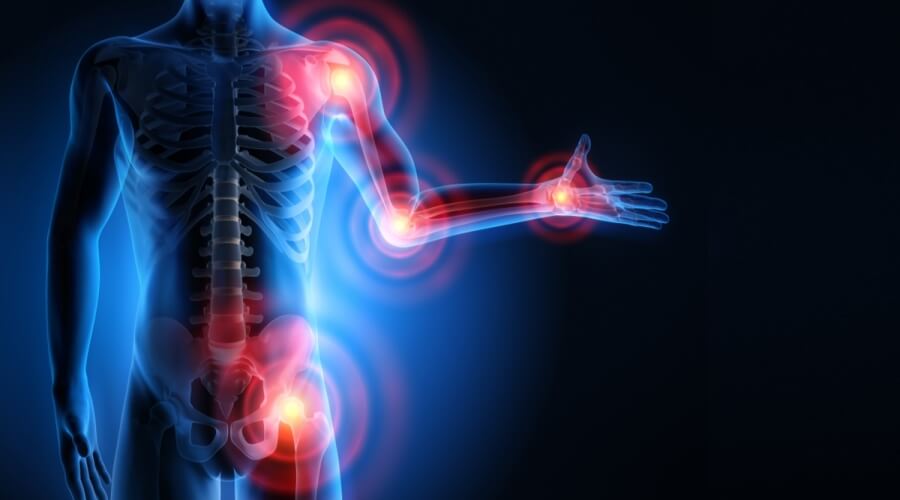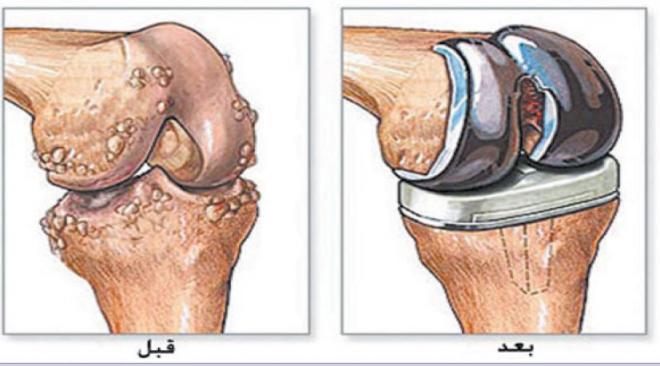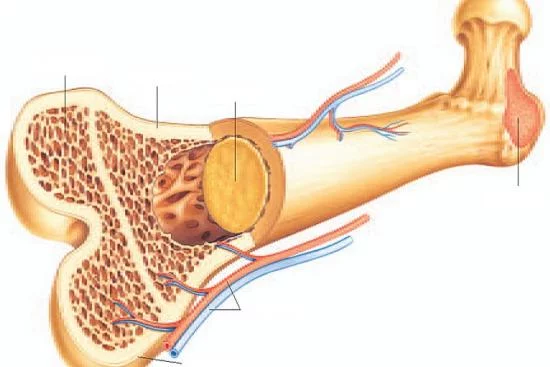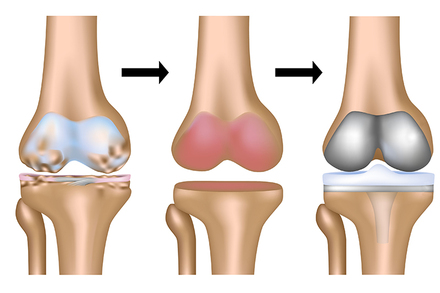What is sciatica?
Sciatica is one of the nerve diseases that lead to severe pain and its symptoms appear as a result of the person’s infection with certain diseases, including herniated discs, spinal stenosis, and others, we will answer the many questions that have been received about sciatica.
What is sciatica?
Sciatica is an irritation that affects the sciatic nerve and causes severe pain in which the patient feels burning or tingling in the affected part, the pain may be continuous for a while and the patient feels great difficulty in movement as a result of the pain that starts from the lower back to the leg.
The sciatic nerve is the longest among the nerves of the body, which started from the last part of the spinal cord in the lower back, extending to the thigh, followed by the leg, then the soles of the foot. Injury to it or any inflammation that affects it causes excruciating pain that weakens the ability of the leg to move normally.
Causes of sciatica
There is more than one cause that can contribute to sciatica, which often occurs as a result of pressure on the beginning of the sciatic nerve in the spinal cord and results in severe pain in the nerve that can often be treated after treating the underlying cause of the pressure.
Here are some of the causes of sciatica:
- Slipped disc
- A herniated disc or herniated disc can be considered one of the main causes of sciatica because the disc between the vertebrae of the spine works to absorb shocks and reduce pressure on the vertebrae.
The disc or gout can be damaged or herniated and put pressure on the nerves adjacent to it, causing inflammation and pain that makes the person lose the ability to feel or reduce the endurance of his muscles, and the pain extends to the soles of the foot, which makes him move in a limited range.
- Spondylolisthesis
There are several vertebrae in the spine, including the cartilage and nerves of the spinal cord in the middle of them, and one of the vertebrae can slip, which affects the sciatic nerve, and leads to inflammation and sciatica.
- Spinal stenosis
There are some pathological conditions such as tumors that grow in the spine and cause the narrowing of the passage in which the spinal cord is located, and as a result of the narrowing, the nerves become inflamed and cause severe pain, and sciatica symptoms begin to appear, and this usually happens in the elderly.
- Injuries to the muscles and ligaments around the spine.
- Cauda Equina Syndrome
It is a disorder that occurs in the nerves of the spinal cord as a result of tension or pressure on them, which causes pain in the sciatic nerve, which is the thickest among the nerves of the body, which causes weakness in the leg muscles and strong pain that accompanies the patient for a while.
- Cauda equina syndrome
It is one of the rare diseases that affect the end of the spinal cord, which is a bundle of nerves, and any defect or damage to it causes pain in the sciatic nerve and other symptoms, including the inability to control the bladder and intestines.
Symptoms of sciatica
Sciatica is one of the nerve diseases that occurs as a result of damage to the sciatic nerve, which starts from the lower back and extends to the foot, and it can affect one or both feet together, and it usually lasts for a few days that may extend to weeks, and its symptoms can end without the need for treatment if the cause of the inflammation is removed.
A person may have some symptoms that increase his inability to move normally and make him feel uncomfortable in the affected joint, and among the apparent signs that occur to a sciatica sufferer are the following:
- A person may feel severe pain in the lower back.
- The pain may extend from the end of the spine to the leg and the soles of the feet.
- The feeling of pain increases when sneezing or coughing.
- Inability to move the leg normally.
- General weakness in the muscles, especially of the buttocks.
- In certain cases, the pain may become chronic, and severe nerve pain may occur.
Symptoms of sciatica pain
A sciatica patient can have certain symptoms that confirm the presence of an injury or inflammation in the sciatic nerve, including that the person feels pain similar to burning or acupuncture and is uncomfortable when moving the leg, and his ability to move between sitting and standing is difficult.
How to diagnose sciatica
The attending physician can perform some diagnostic procedures that help in determining the condition of the nerve and the extent of the damage that occurred in it, and the diagnosis is as follows:
- The doctor begins to clinically examine the patient.
- Symptoms of pain felt by the patient are recognized.
- The doctor may order an x-ray to see the current position of the nerve.
- Electromyography, which works to determine which muscles are affected, may be ordered.
Sciatica treatment
Sciatica in itself is one of the side effects that occur as a result of the body’s infection with other diseases, the most important of which is a herniated disc that affects a person with inflammation of the sciatic nerve responsible for sciatica, which works to increase the feeling of pain starting from the nerve endings of the spinal cord to the leg.
There is more than one effective treatment method for sciatica, especially if its symptoms begin to limit a person’s movement, which are:
- Home treatment
The person can do some simple procedures at home, which avoid exacerbation of the symptoms of sciatica, he can start by making compresses of hot and cold water alternately, which relieves the swelling in the affected part and also helps reduce inflammation, and of course, taking a rest is useful in not exhausting the muscles.
- Pharmacotherapy
Taking medications can help reduce the increase in sciatica symptoms, and certain medications can be used, including steroidal anti-inflammatory drugs, muscle relaxants, as well as analgesics such as paracetamol, and the drugs work to increase the person’s ability to deal with sciatica and bear the symptoms until recovery.
- Herbal treatment
Some people can resort to herbs that have proven effective in relieving pain and reducing swelling, including turmeric, fenugreek, and willow, and their role is to relieve pain and treat inflammation caused by pressure on the nerve and reduce the muscle spasm that increases pain.
- Alternative medicine treatment
There is more than one alternative method, which is external aids that are in addition to medical treatment, including needles, and their role can reduce the pain in the back, and the patient feels less pain in the affected part and increases the effect of analgesics on the pain, and a back massage can be done, which helps to relax and reduce pain.
Sciatica treatment with cupping
Cupping is one of the alternative medicine tools that relieve pain, increase blood loss towards the sciatic nerve, and help in better functioning of the nerves, it is important to follow some instructions before performing cupping, including:
- Cupping should be done under medical supervision.
- Do the necessary tests and x-rays before doing them.
- Make sure to eat non-solid or liquid foods before cupping.
- Increase fluids after the procedure.
- Take a break, especially after cupping directly.
- Temporarily avoid showering.
- Treating sciatica with exercises
There are other treatment methods that a sciatica patient can follow, including physical or physical therapy, which includes doing some exercises to treat swelling and relieve pressure on the nerve by strengthening the muscles of the affected part.
Sciatica treatment exercises
- Stretching exercises
The patient can start standing, leaning on a table, bending forward as in kneeling, and starting to pull the leg up away from the table until he feels a slight stretch in the muscles of this part and pass 30 seconds two times a day.
- Knee stretching exercises
The patient can put the leg outstretched on a slightly low surface such as a short chair and begin to bend towards the foot and keep the back straight for 30 seconds for each leg.
- Flexion exercises
The exercise begins by lying on the ground and raising or bringing one of the knees towards the chest slowly for 30 seconds while the other leg is lying on the ground, and the knees can be raised together towards the chest for another 30 seconds and it is repeated 3 times a day.
- Torso rotation exercise
The patient lies on the ground and joins the knees, then the patient rotates the lower part of the body in the right direction for 5 seconds and returns to the original position, then moves to the left direction for 5 seconds, and the exercise can be repeated from 5 to 10 times a day.
Instructions for doing the exercises correctly
- It is important for the injured person to follow up on the exercises with a specialized physiotherapist first, in order to ensure that it is more effective and safer than performing sports.
- Stop exercising if you feel severe pain.
- Adhere to the medications and home instructions recommended by the attending physician.
Frequently asked questions about sciatica
Can sciatica be cured?
There is more than one treatment method for sciatica, which in turn works to calm the pain and relieve the pain caused by excessive pressure on the nerve and its inflammation and works to increase muscle strength in order to avoid stress on the sciatic nerve, which helps to get rid of inflammation.
The pain usually lasts for 7 to 14 days, and the patient may feel tingling or numbness during this period, but with continued treatment and exercises, the pain will go away, and the patient will feel more able to move the affected leg and lead a normal life.
Does sciatica affect the legs?
The sciatic nerve starts from the end of the spinal cord to the thighs, leg, and then the foot, so when a person suffers from sciatica, he feels pain in the affected leg, and usually, sciatica occurs in one leg, but sometimes both legs can be affected.

